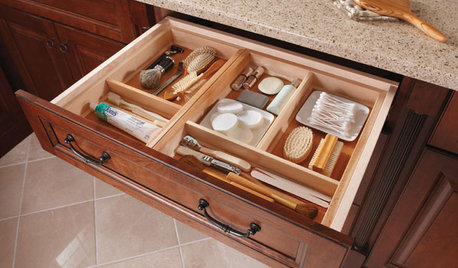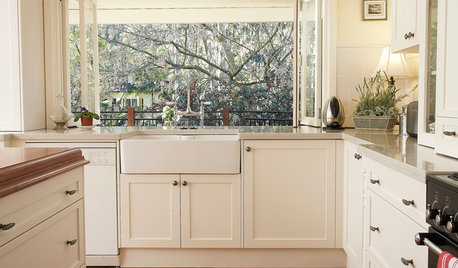How does one know whether a particular Hoya needs lime?
meyermike_1micha
11 years ago
Featured Answer
Sort by:Oldest
Comments (19)
emt23
11 years agomdahms1979
11 years agoRelated Professionals
Azalea Park Landscape Contractors · Barrington Landscape Contractors · Canyon Lake Landscape Contractors · Columbine Landscape Contractors · Fuquay-Varina Landscape Contractors · Lebanon Landscape Contractors · Longmont Landscape Contractors · Ponte Vedra Beach Landscape Contractors · Reedley Landscape Contractors · Ronkonkoma Landscape Contractors · University City Landscape Contractors · Woodland Landscape Contractors · Bensenville Landscape Contractors · Aurora Driveway Installation & Maintenance · Charlotte Driveway Installation & Maintenancerennfl
11 years agomdahms1979
11 years agorennfl
11 years agomdahms1979
11 years agorennfl
11 years agomdahms1979
11 years agopenfold2
11 years agomdahms1979
11 years agoemt23
11 years agopenfold2
11 years agoemt23
11 years agobrsucculents
11 years agoboothbay
11 years agomeyermike_1micha
11 years agopenfold2
11 years agomdahms1979
11 years ago
Related Stories

DECORATING GUIDESWhat You Need to Know Before Painting Brick
Sure, painted brick can be a great look. But you need to take some risks into account. Here's how to paint brick like a pro
Full Story
MOST POPULARHow to Create an Inventory, Whether You're Naturally Organized or Not
Documenting your home items is essential, even if disaster seems unimaginable. And it may be easier than you think
Full Story
FURNITUREHow to Buy a Quality Sofa That Will Last
Learn about foam versus feathers, seat depth, springs, fabric and more for a couch that will work for years to come
Full Story
PETSWhat You Need to Know Before Buying Chicks
Ordering chicks for your backyard coop? Easy. But caring for them requires planning and foresight. Here's what to do
Full Story
HEALTHY HOMEWhat You Need to Know About Dust and How to Fight It
Breathe easier with these 10 tips for busting mites, dander and other microscopic undesirables
Full Story
KITCHEN SINKSEverything You Need to Know About Farmhouse Sinks
They’re charming, homey, durable, elegant, functional and nostalgic. Those are just a few of the reasons they’re so popular
Full Story
WORKING WITH PROSWhat Do Landscape Architects Do?
There are many misconceptions about what landscape architects do. Learn what they bring to a project
Full Story
GREAT HOME PROJECTSWhat to Know Before Refinishing Your Floors
Learn costs and other important details about renewing a hardwood floor — and the one mistake you should avoid
Full Story
COLORHave You Heard the Hues? 15 Colors You May Not Know About
Name-drop these shades at holiday parties — or better, try one on your walls — and expand your palette possibilities
Full Story
WHITEWhat to Know Before You Paint Your Walls White
A coat of white paint can do wonders in one room and wreak havoc in another. Here are tips for using the popular hue
Full Story
Sponsored


mdahms1979